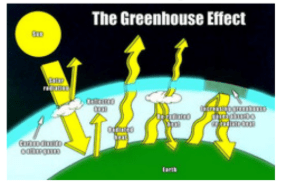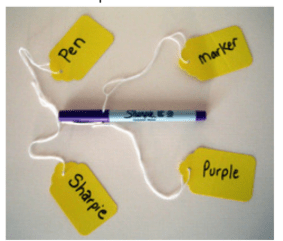This graphic shoes something happening and the result of it happening. What is the organization style?
A. Cause & Effect
B. Compare & Contrast
C. Description
D. Problem & Solution
A. Cause and Effect
What type of irony is when a reader is aware of something that a character isn't?
Dramatic Irony
Claim
The following graphic uses descriptive details about characteristics and actions. What is the organization?
A. Compare & Contrast
B. Description
C. Prediction
D. Classification
B. Description
What is the organization of the following passage?
Pizza is so old that its origins are not quite clear to historians, but the word pizza comes from the Latin verb pinsere, meaning to press. It may also be related to the Greek word pitta. In any event the word "pizza" was first documented in Italy in 997 AD. Whatever they were eating back then, however, was quite different from the pizza that we know today. Pizza as we know it could not really have been invented until sometime during the 16th century, when tomatoes were brought to Europe from America. This was big, but in my opinion the greatest development in the history of pizza occurred in 1905, when pizza was first sold in America. The rest, as they say, is history.
Chronological Order
Pizza is often viewed as a junk food, and it is true that some pizzas are high in salt, fat, and calories, but there may also be some benefit to eating pizza. Some studies have found that lycopene, an antioxidant that exists in tomato products that are often used in pizza, may prevent some forms of cancer. Dr. Silvano Gallus, of the Mario Negri Institute for Pharmaceutical Research in Milan, studied the eating habits of people who developed cancer of the mouth, throat, sophagus, and colon. He concluded that people who ate pizza at least once a week had a significantly lower chance of developing these cancers.
A. Cause & Effect
B. Problem & Solution
C. Compare & Contrast
D. Description
A. Cause & Effect